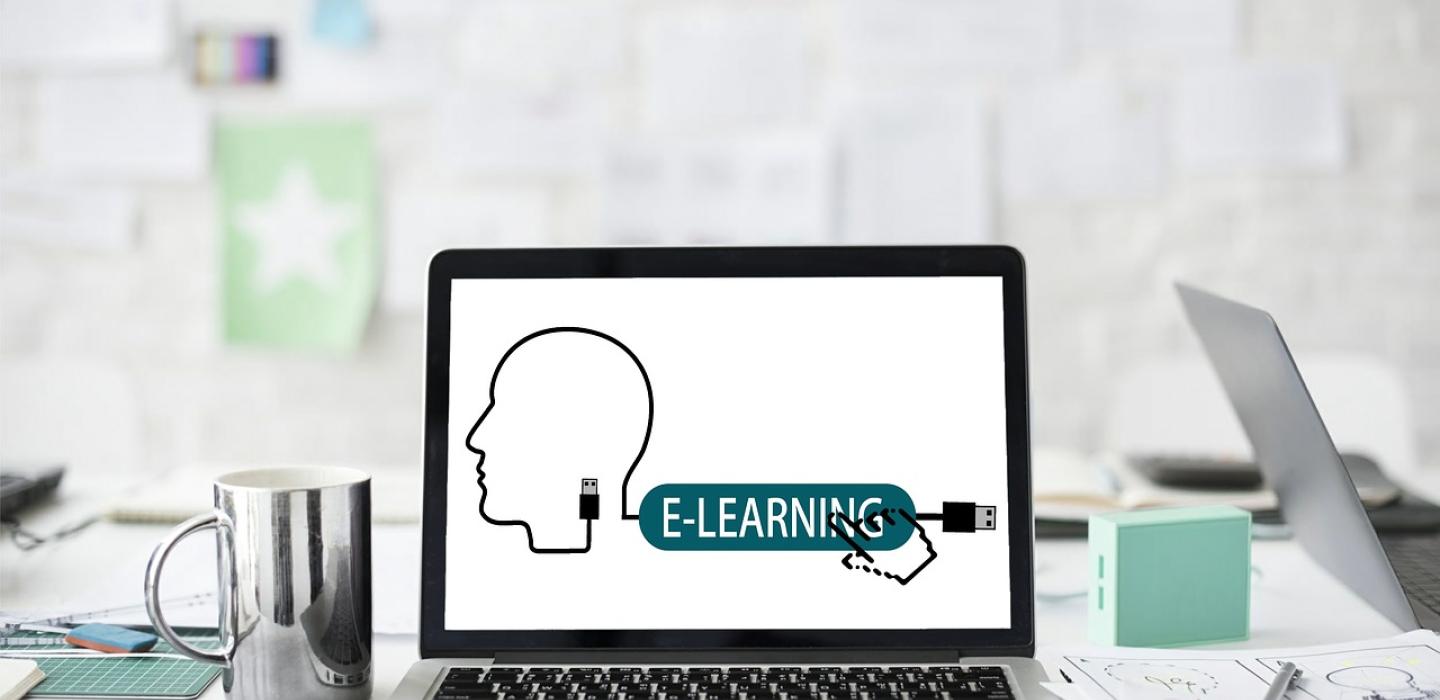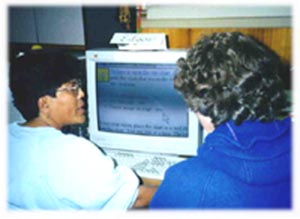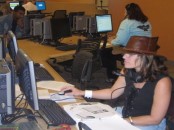Assistive Computer Technology (ACT)
... software and hardware tools which can often provide equal access to computer resources for persons with disabilities.
How does it work?
Assistive Computer Technology (ACT) provides alternatives to the basic ways in which we interact with computers, including typing at the keyboard, seeing the computer screen, and reading the contents on the screen.
For students who are blind or have low vision, "seeing the screen" with Assistive Computer Technology (ACT) means:
- Software tools which verbalize the text content of the screen, such as JAWS, NVDA, Voiceover, etc.
- Software tools which magnify the content of the screen, such as ZoomText, Optelec, etc.
The visually impaired person utilizes specialized note taking devices, desktop scanners and enlarged font programs. What are also helpful are the larger monitors and the Optelec for magnification. Braille printers with optical character recognition and speech synthesizers, which translate computer keystrokes into speech, are available for people who are blind.
- Optelec offers products that assist people with low vision to read and write again independently.
- JAWS is a Windows® screen-reader program.
- ZoomText is a screen magnification software program (see the photograph below).
Students learn to use such access strategies as speech synthesizers, voice-input systems, alternate keyboards, specialized word processing programs, mouse alternatives, and other assistive hardware and software appropriate to their learning needs. Specially trained instructors and support staff are available. Ventura College has implemented campus-wide assistive technology availability for students with disabilities through the Mainstream Computer Program.
Students can come to the BEACH/LRC to use computers and a number of assistive technologies, such as speech-to-text software that allows students to dictate their words to documents, online assignments and much more.


